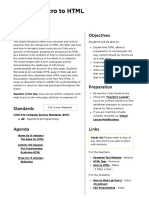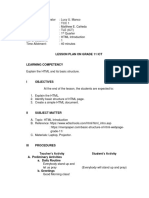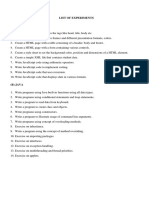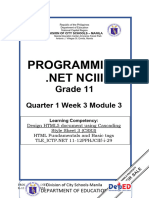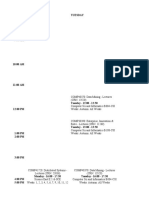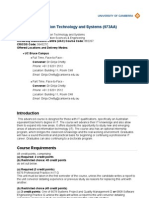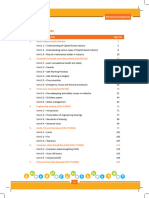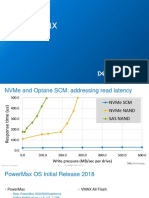0% found this document useful (0 votes)
15 views22 pagesATC Lesson Plan - HTML and The Web - Primary 4-3
The document is a lesson plan for teaching HTML and web development to Primary 4 students. It outlines objectives, activities, key learning points, and assessment methods across multiple chapters, focusing on HTML basics, tags, publishing text, and file storage. The content is protected by copyright laws and is intended for educational use only.
Uploaded by
Abah BonifaceCopyright
© © All Rights Reserved
We take content rights seriously. If you suspect this is your content, claim it here.
Available Formats
Download as PDF, TXT or read online on Scribd
0% found this document useful (0 votes)
15 views22 pagesATC Lesson Plan - HTML and The Web - Primary 4-3
The document is a lesson plan for teaching HTML and web development to Primary 4 students. It outlines objectives, activities, key learning points, and assessment methods across multiple chapters, focusing on HTML basics, tags, publishing text, and file storage. The content is protected by copyright laws and is intended for educational use only.
Uploaded by
Abah BonifaceCopyright
© © All Rights Reserved
We take content rights seriously. If you suspect this is your content, claim it here.
Available Formats
Download as PDF, TXT or read online on Scribd
/ 22






